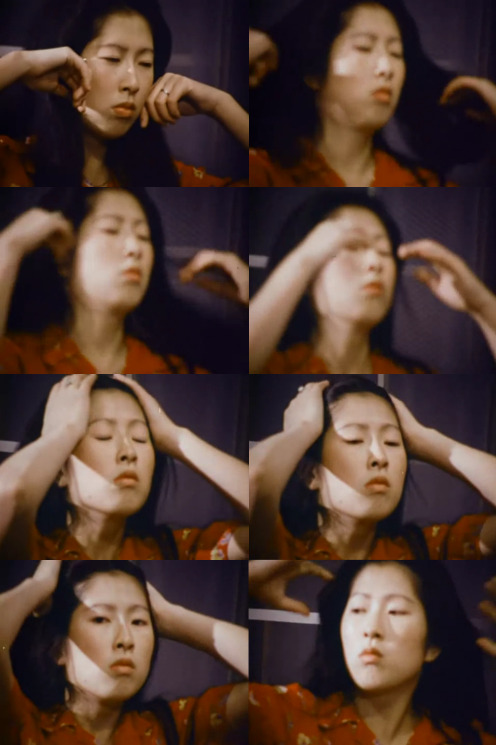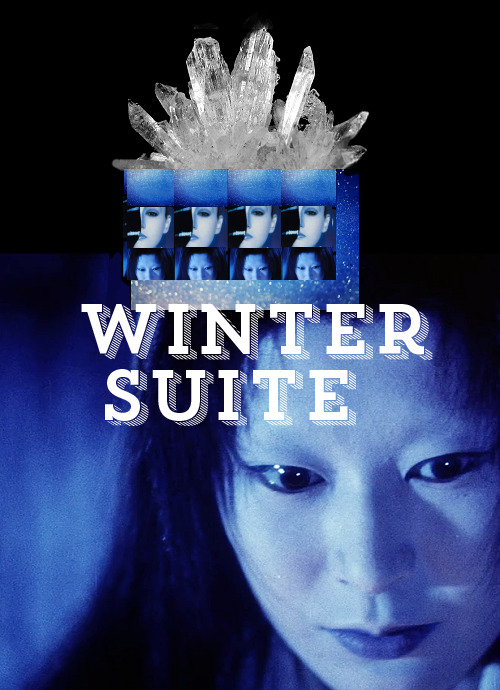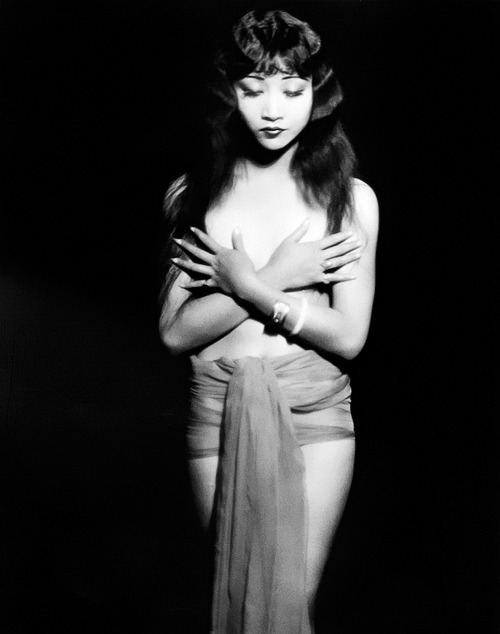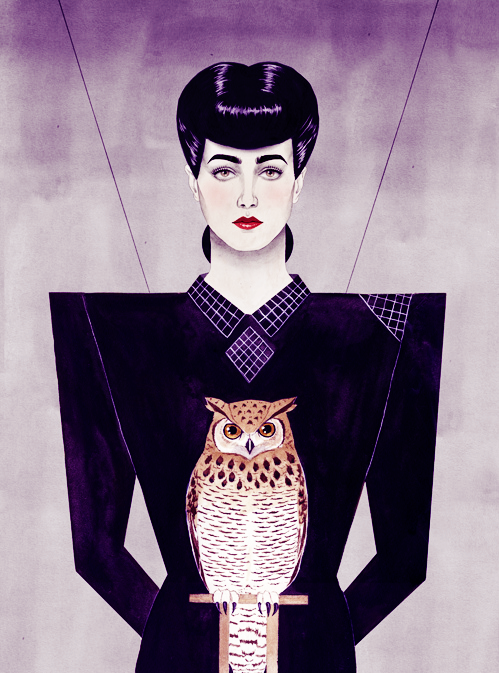CONTENTS:
- Bill Gunn
- Kathleen Collins
Bill Gunn's Letter to The New York Times
To the Editor: (NY Times)
There are times when the white critic must sit down and listen. If he cannot listen and learn, then he must not concern himself with black creativity.
A children’s story I wrote speaks of a black male child that dreamed of a strong white golden haired prince who would come and save him from being black. He came, and as time passed and the relationship moved forward, it was discovered that indeed the black child was the prince and he had saved himself from being white. That, too, is possible.
I have always tried to imagine the producers waiting anxiously for the black reviewers’ opinions of “The Sound of Music” or “A Clockwork Orange.” I want to say that it is a terrible thing to be a black artist in this country – for reasons too private to expose to the arrogance of white criticism. One white critic left my film “Ganja and Hess,” after 20 minutes and reviewed the entire film. Another was to see three films in one day and review them all. This is a crime.
Three years of three different people’s lives grades in one afternoon by a complete stranger to the artist and to the culture. A.H. Weiler states in his review of “Ganja and Hess” that a doctor of anthropology killed his assistant and is infected by a blood disease and becomes immortal. But this is not so, Mr. Weiler, the assistant committed suicide. I know this film does not address you, but in that auditorium you might have heard more than you were able to over the sounds of your own voice. Another critic wondered where was the race problem. If he looks closely, he will find it in his own review.
If I were white, I would probably be called “fresh and different. If I were European, “Ganja and Hess” might be “that little film you must see.” Because I am black, do not even deserve the pride that one American feels for another when he discovers that a fellow countryman’s film has been selected as the only American film to be shown during “Critic’s Week” at the Cannes Film Festival, May 1973. Not one white critic from any of the major newspapers even mentioned it.
I am very proud of my ancestors in “Ganja and Hess.” They worked hard, with a dedication to their art and race that is obviously foreign to the critics. I want to thank them and my black sisters and brothers who have expressed only gratitude and love for my effort.
When I first came into the “theatre,” black women who were actresses were referred to as “great gals” by white directors and critics. Marlene Clark, one of the most beautiful women and actresses I have ever known, was referred to as a “brown-skinned looker” (New York Post). That kind of disrespect could not have been cultivated in 110 minutes. It must have taken a good 250 years.
Your newspapers and critics must realize that they are controlling black theater and film creativity with white criticism. Maybe if the black film craze continues, the white press might even find it necessary to employ black criticism. But if you can stop the craze in its tracks, maybe that won’t be necessary.
Bill Gunn
Author and director of “Ganja and Hess”
New York, 1973
Source: This letter was recently reprinted in the press release for the special release of Kathleen Collins' Losing Ground. Highly recommended reading!
Kathleen Collins
Fellow multi-hyphenate filmmaker Kathleen Collins collaborated with Bill Gunn, casting him in a key role in her film Losing Ground.
- Press release for the special release of Losing Ground
- Black Film Review: Special Tribute to Kathleen Collins Prettyman
- “Redemptive Softness”: Interiority, Intellect, and Black Women's Ecstasy in Kathleen Collins's Losing Ground





